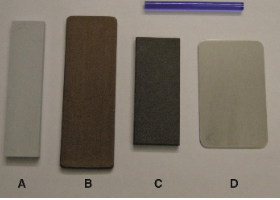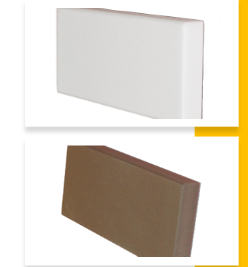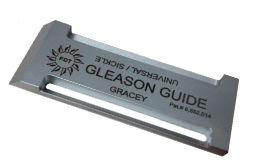CH38: Instrument Care and Sharpening
1/15
There's no tags or description
Looks like no tags are added yet.
Name | Mastery | Learn | Test | Matching | Spaced |
|---|
No study sessions yet.
16 Terms
Learning objectives
• Describe the benefits of using sharp instruments.
• Describe the consequences of using dull instruments.
• Demonstrate proper technique for sharpening procedures
for a variety of periodontal instruments.
• Explain how to preserve optimal instrument design when
sharpening.
The main goal is is the
PRESERVATION of the original shape of the blade while restoring a sharp cutting edge
Benefits of sharpening
• Greater precision
• Less working time involved= less fatigue
• Increased tactile sensitivity
• Greater control
• Less possibility of burnishing
• Prevention of trauma
• Less possibility of scratching tooth surfaces
Consequences of dull instruments
• Stress & Frustration
• Wasted time, effort, and energy
• Burnished calculus
• Loss of control
• Loss of patient confidence
• Increased likelihood of musculoskeletal disorders
How to check for dullness
visual/glare test
plastic testing stick
If the instrument is sharp, it (should/shouldn’t) reflect light
shouldn’t
If the instrument is dull, it (should/shouldn’t) reflect light
should
Techniques to sharpen
Moving Flat Stone & Stationary Instrument
Stationary Flat Stone & Moving Instrument
Manual Sharpening*
Power-driven Sharpening
Guides

Types of stones
• Arkansas
• India
• Ceramic
• Diamond-coated stainless
steel
Stone condition
Dry
• Best way to prevent contamination
• Sharpens without nicks in the blade
Wet
• Lubricates ceramic stones
• *Ceramic stones may also be dry
Oil
• Recommended with the Arkansas stone to prevent drying out
• Prevents scratching of the stone
• Instruments should be sterilized before and after sharpening
What do I have
Diamond Head (White) Stone
• Fine ceramic stone
• Use gentle pressure
• Does not use oil or water
• Maintains shape and edge of instrument
Transformation (Brown) Stone
• Course ceramic stone
• Does not use oil or water
• Reshapes the edge of instrument

The diamond head (white) stone does what
maintains shape and edge of instrument
The transformation (brown) stone) does what
reshapes the edge of instrument

Gleason guide
A guide that creates the proper angulation for:
• Sickle scalers
• Universal curettes
• Gracey curettes
Steps:
• STOP (place instrument parallel to
correct guide)
• REST (lay instrument on gleason
guide edge)
• GLIDE (finish with a down stroke)
Sharpening considerations
Area-specific curets:
•Sharpen the correct cutting edge
Sickles & universals:
•Check/sharpen both cutting edges
For universals:
•Sharpen the toe
Use more pressure when sharpening with dull instruments
Infection control
Sharpening stone & test stick MUST be sterile before sharpening chairside.
BEFORE using instrument, check for dullness
Do not use contaminated instruments on stone
Sharpen sterile instrument on sterile stone
Wipe instrument with gauze to remove stone particles
Use for patient treatment
Sterilize stone & instruments after treatment